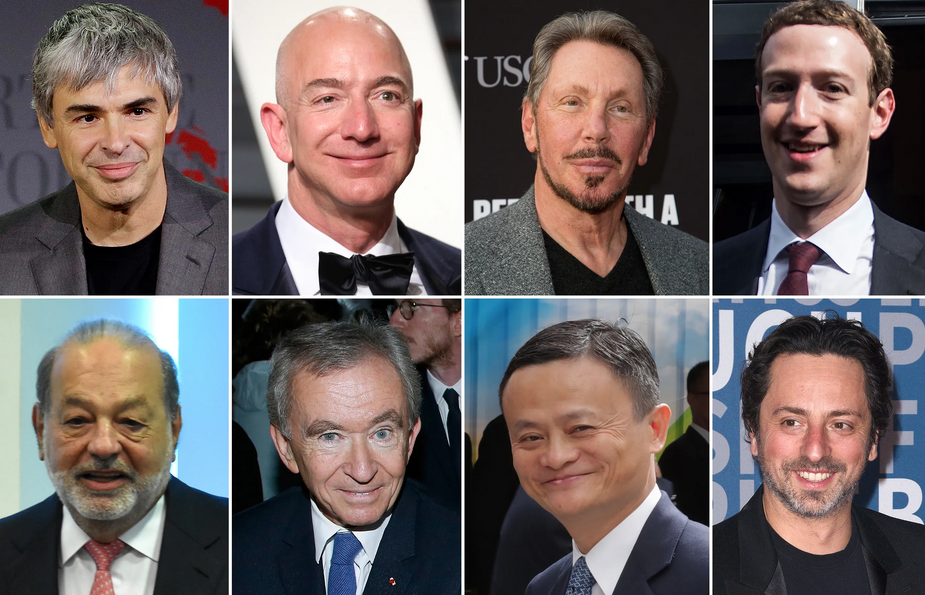In today’s dynamic and competitive business environment, companies often face challenges that can significantly impact their performance and sustainability. These challenges arise from various factors such as market shifts, financial difficulties, operational inefficiencies, or strategic misalignment. When a business finds itself in such a situation, one valuable resource that can make a substantial difference is engaging external business consultants. These consultants bring specialized expertise and a fresh perspective, playing a crucial role in facilitating the turnaround process for businesses.
Understanding the Need for Business Turnaround
Before delving into the role of business consultants, it’s essential to understand the signs that indicate a need for a business turnaround. Some common indicators include declining revenue and profitability, market share erosion, customer dissatisfaction, operational bottlenecks, excessive costs, or a lack of strategic direction. Recognizing these warning signs early is key to initiating timely corrective measures.

Leveraging External Expertise: The Business Consultant’s Role
- Objective Assessment:External consultants bring objectivity to the table. They can conduct a comprehensive assessment of the business’s current state, including its financial health, operational efficiency, market position, and competitive landscape. This objective analysis forms the basis for developing a turnaround strategy tailored to the company’s specific challenges and goals.
- Specialized Skills:Consultants offer specialized skills and knowledge that may not be readily available within the company. Whether it’s financial restructuring, operational optimization, market repositioning, or change management, consultants bring expertise honed through diverse experiences across industries and sectors.
- Fresh Perspective:One of the most significant advantages of external consultants is their ability to provide a fresh perspective. They can identify blind spots, challenge existing assumptions, and introduce innovative ideas that internal teams may overlook due to entrenched thinking or organizational biases.
- Speed and Efficiency:Consultants operate with a sense of urgency, leveraging their experience to implement turnaround initiatives swiftly and efficiently. This agility is crucial in addressing immediate challenges and mitigating risks, minimizing the impact of prolonged business disruptions.
- Change Management:Successful turnaround efforts often require significant organizational change. Management Consultants excel in such organizational change, helping companies navigate transitions, align stakeholders, communicate effectively, and build resilience to sustain improvements over the long term.
When to Engage Consulting Services
The decision to engage business consulting services for a turnaround should be strategic and based on several factors:
- Complexity of Challenges:If the challenges facing the business are complex and multifaceted, external consultants can provide the expertise and resources needed to tackle them comprehensively.
- Resource Constraints:When internal resources are stretched thin or lack the required expertise, consultants can fill the gap and augment the company’s capabilities during the turnaround process.
- Urgency:Time is often of the essence in turnaround situations, especially when financial stability is at stake. Business Consultants can expedite the diagnosis, planning, and execution phases, driving rapid results.
Conclusion
In the ever-evolving landscape of business, challenges are inevitable, but how companies respond to these challenges often determines their fate. Recognizing the signs of distress and taking decisive action is paramount for survival and success. External consultants play a pivotal role in corporate turnaround efforts, offering objective assessments, specialized skills, fresh perspectives, and efficient execution capabilities.
By engaging business consultants strategically, organizations can leverage external expertise to navigate complex challenges, overcome resource constraints, and drive rapid, data-driven results. Moreover, consultants facilitate organizational change management, ensuring that improvements are sustainable and aligned with long-term strategic objectives.
Sterling Cooper, Inc.
Sterling Cooper, Inc. is a premier business acquisition advisory and management consultant firm in the USA, boasting decades of experience. Catering to a wide spectrum from budding startups to well-established enterprises, Sterling Cooper’s bespoke strategies nurture innovation, streamline operations, and cultivate market dominance. Their adept team employs a rigorous selection methodology, coupled with financial proficiency and industry acumen, to seamlessly assimilate acquired entities into a synergistic and vibrant portfolio. For business inquiries, fill our short feedback form or call us at our Toll-Free Number 1-866-285-6572.

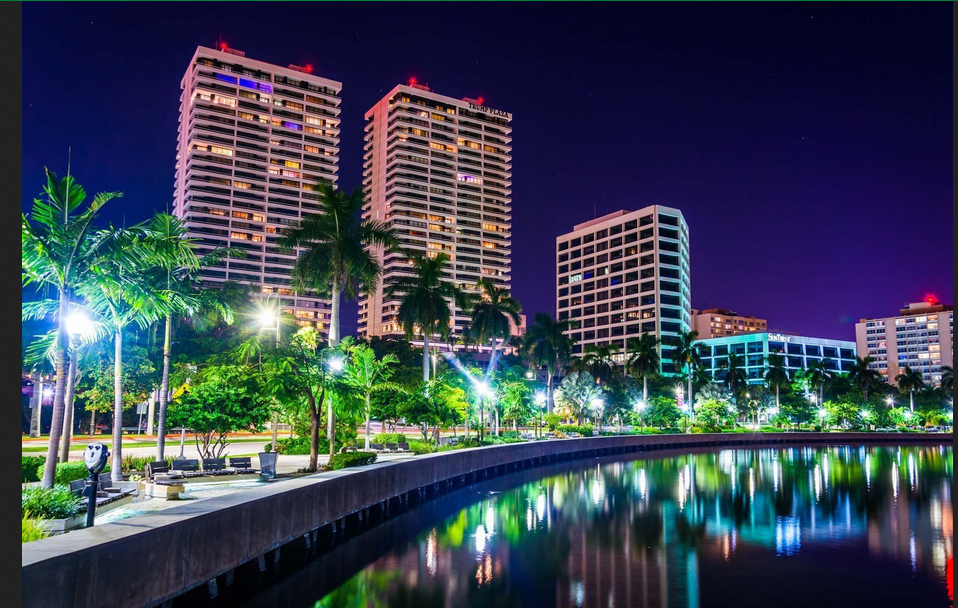



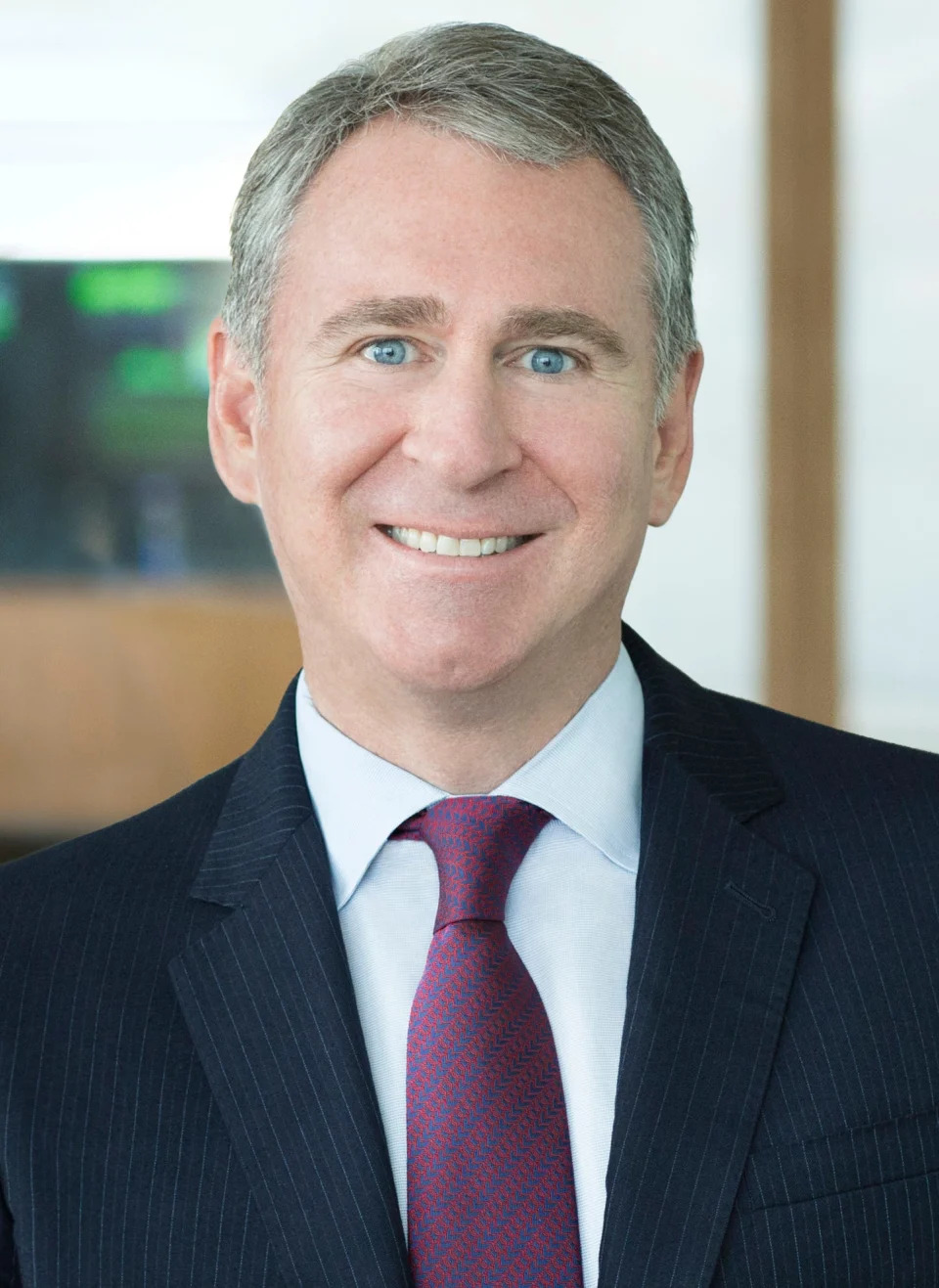





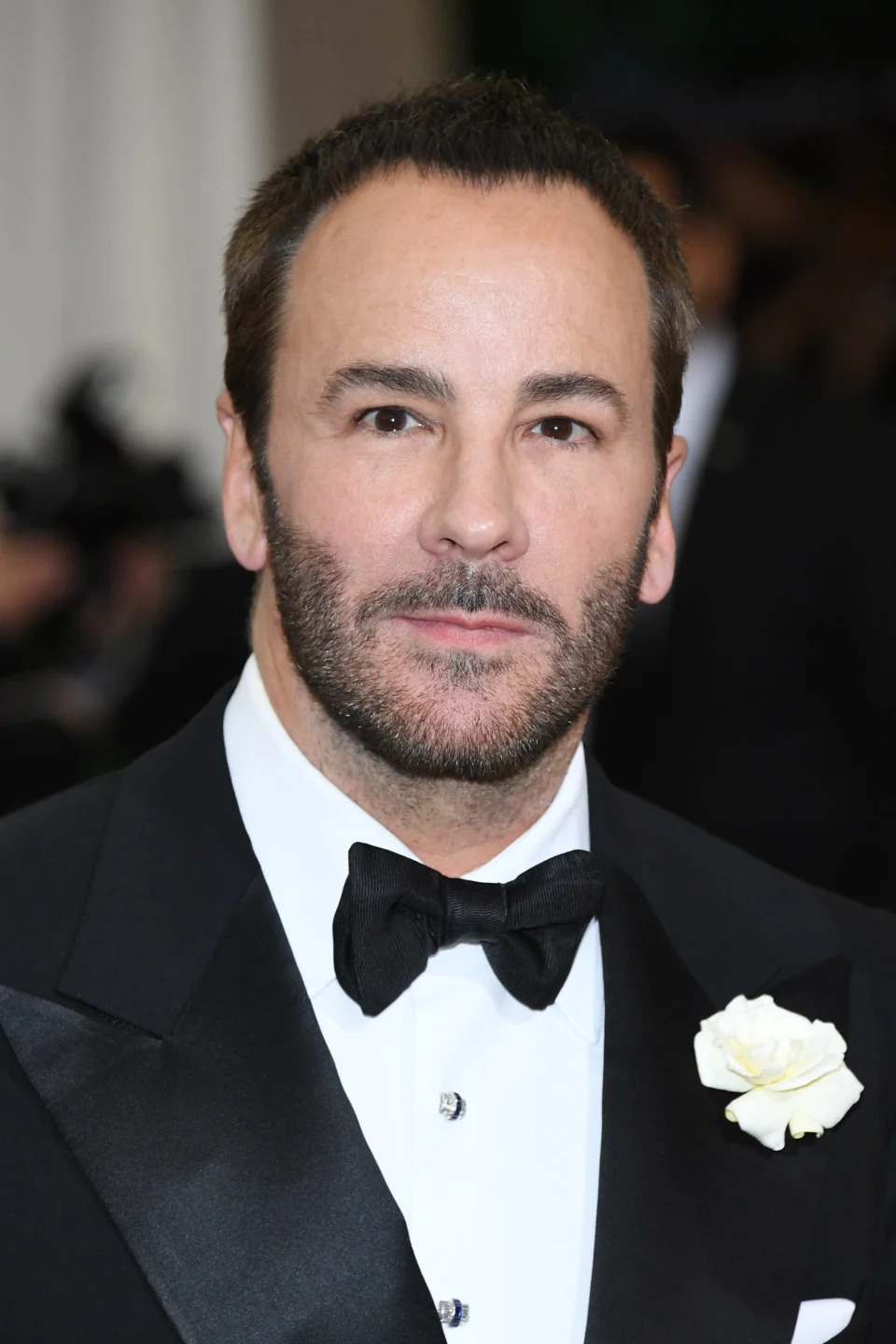
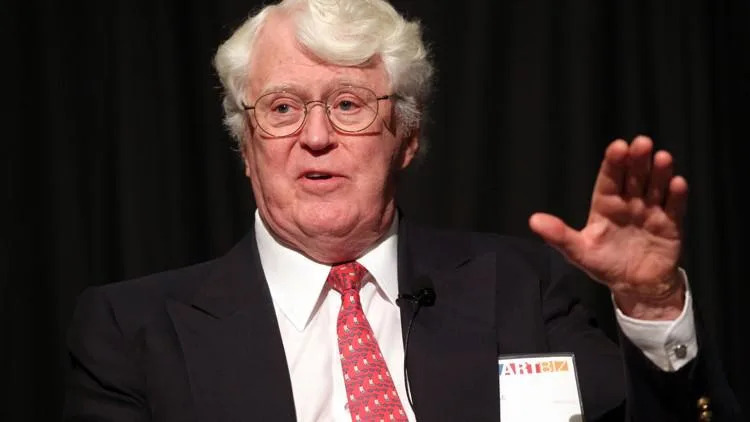
 The steel frame of the Francis Scott Key Bridge sits on top of a container ship after the bridge collapsed, Baltimore, Md., on March 26, 2024. (Jim Watson/AFP via Getty Images)
The steel frame of the Francis Scott Key Bridge sits on top of a container ship after the bridge collapsed, Baltimore, Md., on March 26, 2024. (Jim Watson/AFP via Getty Images)

